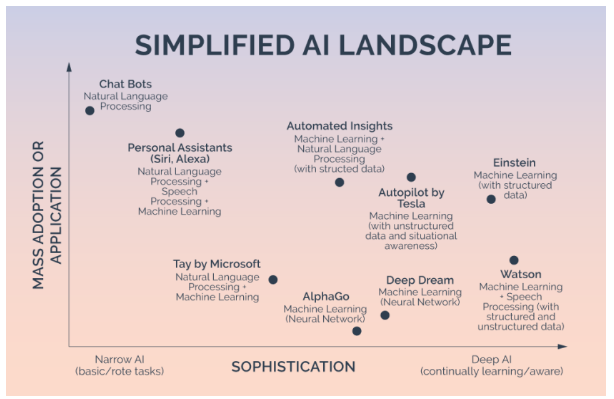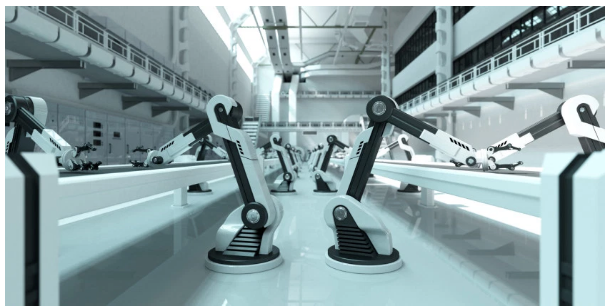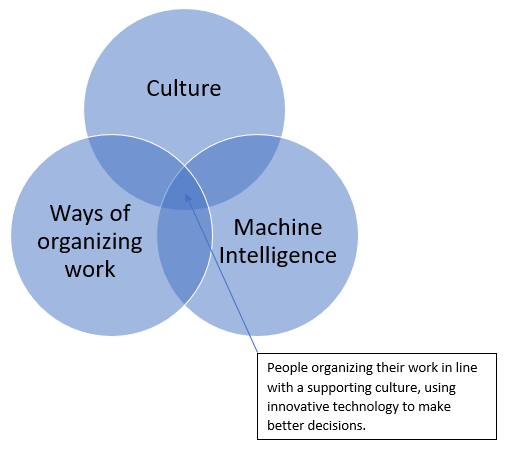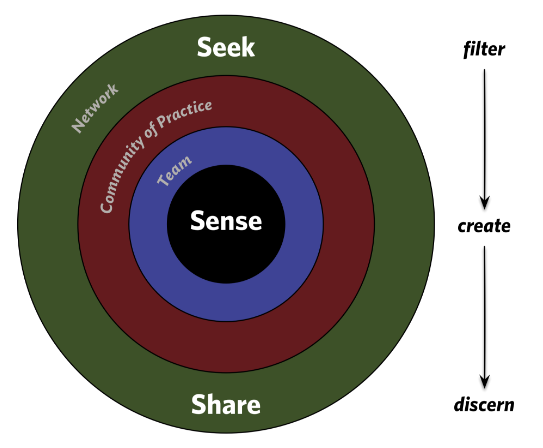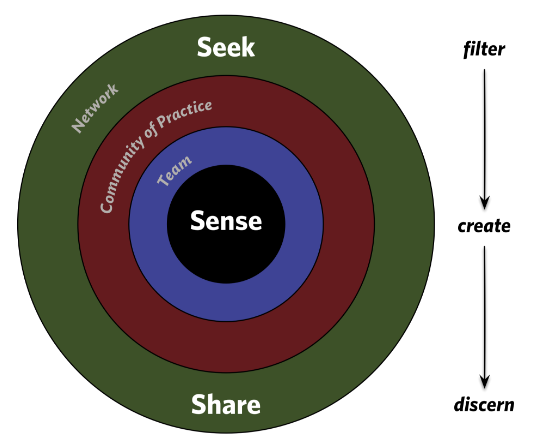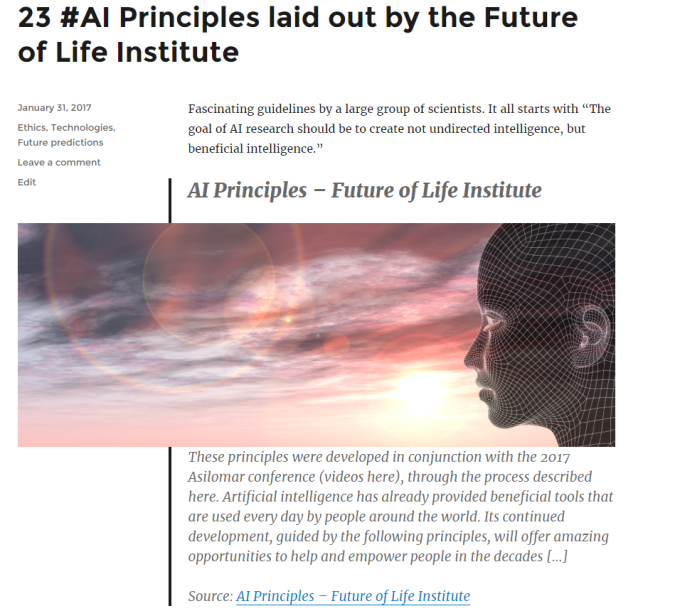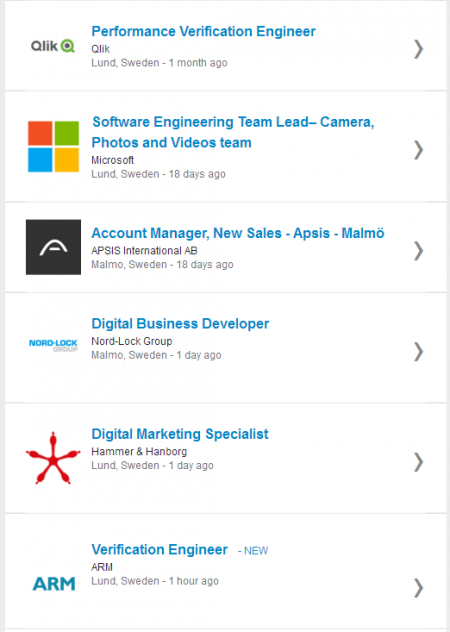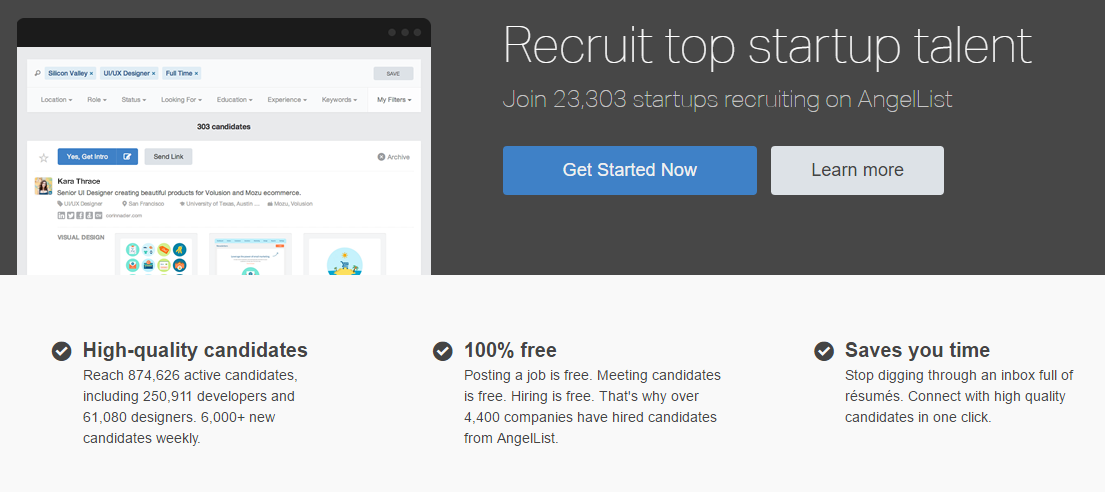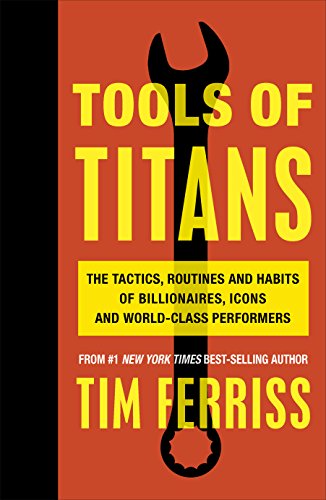Every morning on my way to and from work, I listen to smart people talking to other smart people about being human. For example, this morning I listened to Krista Tippett talking to Maria Popova about creating meaning in a digital age. In one of the passages, Maria quotes a conversation she had with Andrew Sullivan:
POPOVA: And then he said, “You know, culture needs stewardship, not disruption.”
TIPPETT: Mm. That’s lovely.
POPOVA: And I was like, “Yes.” But I actually think, yes, we have forsaken stewardship to a large degree, but we need both, always, to move forward.
When I look at Twitter and blogs, there is a ton of material written about ‘digital disruption’, as if that would awaken and guide us. Mostly, I just get tired and think the authors write ‘disruption’ because they have nothing else to say, no more words to use to increase the nuances. Let us look at the definition of ‘disruption’:
disruption
noun: forcible separation or division into parts.
disruption
noun: disturbance or problems which interrupt an event, activity, or process.
synonyms: disturbance, disordering, disarrangement, disarranging, interference, upset, upsetting, unsettling, confusion, confusing;
So, here we are, listening to all these consultants who think we find pleasure in hearing that our businesses will be “forcible separated” causing unsettling confusion. Again, look at what Maria referred to:
“You know, culture needs stewardship, not disruption.”
Where are the consultants and big thinkers who can show stewardship in how technology will support us? And no, I don’t mean how it can make us more ‘productive’ and create busy-work with yet another gadget, or show us where technologies are placed on Gartner’s hype cycle. I mean how technology can guide us to better businesses and help us lead better lives. Technology is part of our culture today, and it could sure win from more wisdom and less colorful hype with cool hashtags and top managers and consultants telling us what we already know.
Please, the next time you want to write about ‘digital disruption’, think about what you want to tell us. We all know that the world is changing, but please guide us more. Once you know how what you say will help us, write your words and publish.



